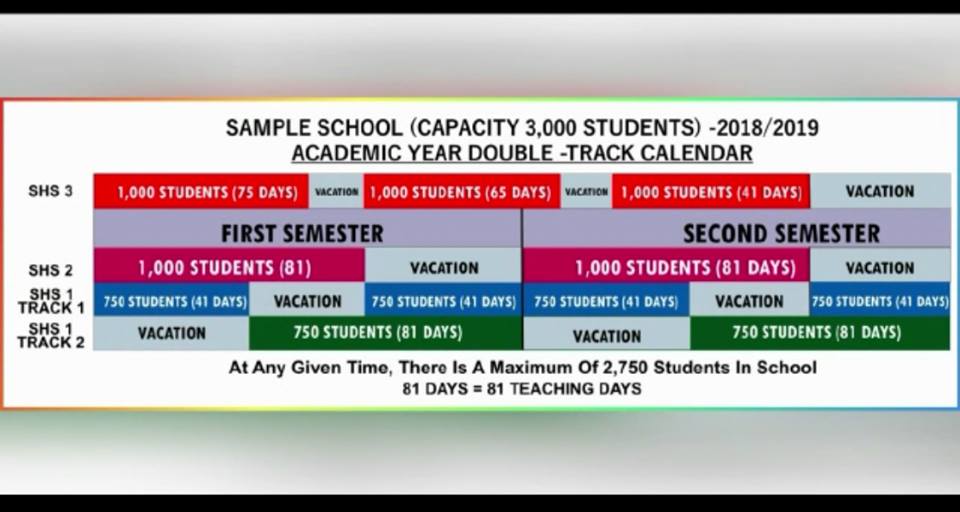The free Senior High School (SHS) policy of this NPP government has unmasked several poignant problems and disturbing facts.
The most disturbing probably is that 181,993 kids would have probably not gained entry to a SHS! Let that sink in!
If this policy fails, we go back to producing over 180,000 “kubɔlɔrs” a year!…and every Ghanaian knows who a “kubɔlɔrs” is! (a truant, a dropout, a ne’er-do-well)
Remember the saying, “If you think education is expensive, try ignorance”.
With a predominant boarding school system – 60% of the SHS are boarding schools – 90,000 of these 1st year SHS students have no spot for a secondary education. This has forced the government to consider a policy that I hope will be a short-term fix – a two-semester multitrack system.
We’ll come back to that system later but before that, let’s look at some numbers and impress upon ourselves why a predominant boarding schools system may be the bottleneck in implementing a viable free SHS program.
Per the government’s own numbers, if it was to expand facilities to meet the added needs of the 181,993 children, an amount of GHC 1.3 billion would be needed for 622 six-unit classroom blocks,181,993 student desks, 3,730 teachers’ furniture, 415 dormitories, 51,868 bunk beds, and 8,872 new teachers.
Whereas the 622 six-unit classroom blocks are estimated to cost GHC 404 million, the 415 dormitories will cost GHC 539 million and the 51,868 bunk beds an additional GHC 41.4 million!
Even the 8,872 new teachers will cost GHC 267 million, close to GHC 200 million less than the dormitories!
Let these numbers sink in. Take your time.
Am I wrong then to argue that a predominant boarding secondary school system is not the right model for our struggling educational system and porous budget?
There are those who insist that the boarding system has produced outstanding Ghanaians over the years and so we should keep the system. Well, in the process we have also managed to leave close to 200,00 kids behind every year!
The total for dormitories and bunk beds is almost GHC 600 million! That will build over 300 more six-unit classroom blocks or countless libraries or after school centers or buy school buses or hire more teachers or build labs for STEM education.
Now the multitrack system is definitely cheaper. It is expected to cost about GHC 323 million to fully implement. I do not have the breakdown of costs but I bet it is weighed down by boarding expenses and as a nation, we really need to cut the dependence on this boarding system.
The attached image illustrates how the multitrack system will work:

My question is whether the 81 days where the kids are at school includes or excludes weekends.
If they exclude weekends, the 81 days of school translates to about 16 weeks of tuition. That also means the kids are home for 8 weeks between the 1st and 2nd semesters and 12 weeks before the new school year starts.
Even though they will have more hours of tuition while at school, it does seem like the school kids will be home a lot!
If the days include weekends, that is even worse!
Maybe thought should be given to organizing camps for these kids while at home. This should not only be the job of the government but also of the society at large – churches, our universities, civic organizations, youth groups – they could all get involved.
The kids could be taught coding, computer skills, carpentry, masonry, sports etc. Things that will not only feed the mind but the body too. These activities could serve as the beginning of the establishment of day schools and help us wean ourselves off a system that worked but is now just not feasible.
If we really want to avoid creating over 180,000 “kubɔlɔrs” a year, then we have to accept the fact that a predominant boarding school system at the secondary level has outlived its affordability and it is high time we changed things!
